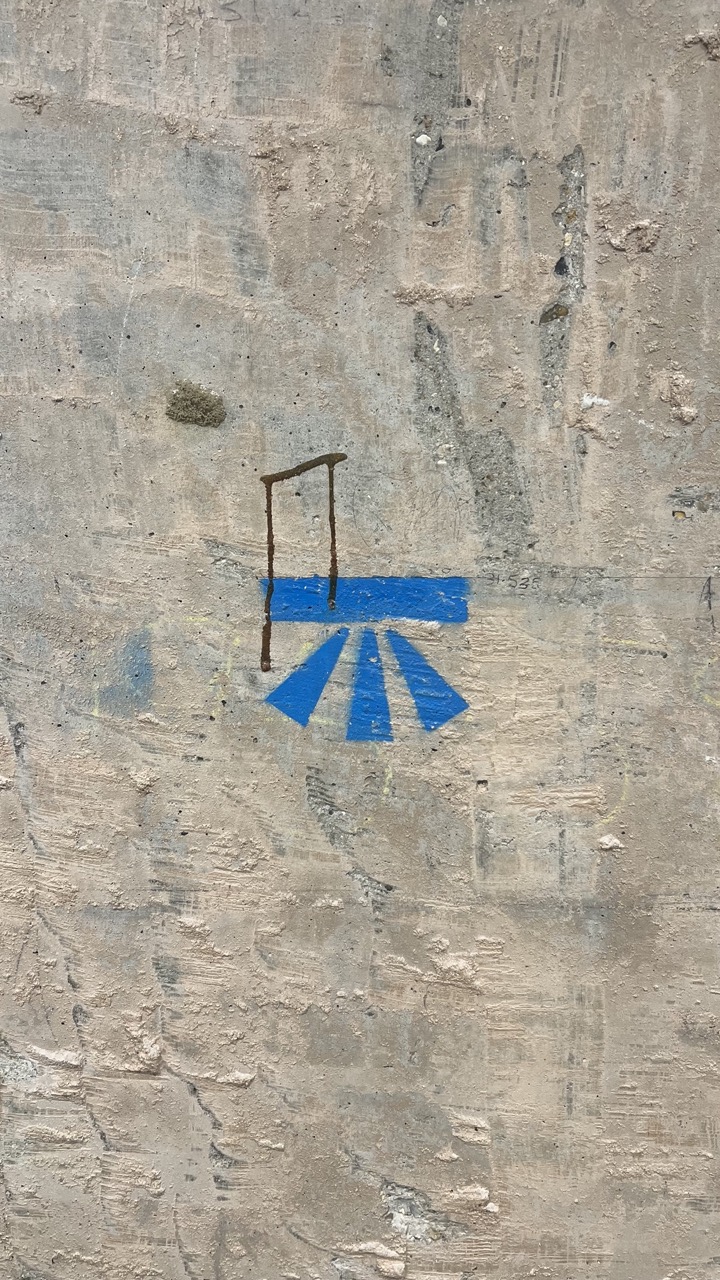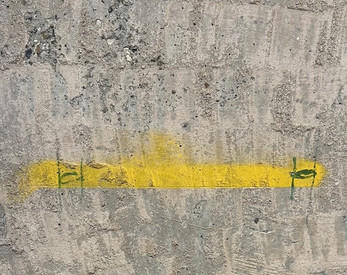Anthropocene.
A downloadable project
Anthropocene.
From place to place, some still choose to argue about when it started.
But most would say it’s beginning would be optimally placed in the mid-20th century, coinciding with the array of geological proxy signals preserved within recently accumulated strata and resulting from the ‘Great Acceleration’ of population growth, industrialisation and globalisation.
When domestic activities took on a cosmological significance, placing human beings in the context of deep time. When many conditions and processes on Earth were profoundly altered by human impact with changes that will persist for millennia or longer, altering the trajectory of the Earth System, some with permanent effect.
The marks of this time are easy to see. A sharp increase in erosion and sediment transport associated with urbanisation and agriculture; rapid changes in the biosphere both on land and in the sea, as a result of habitat loss, predation, explosion of domestic animal populations and species invasions; and the accumulation and global dispersion of new ‘minerals’ and ‘rocks’ preserved into the far future.
Digging down through the strata, the dawn of the Anthropocene is easy to see, marked by the line of concrete, the new rock of the era, never seen before in Earth’s 5 billion year history. Enough concrete to cover every square metre of Earth’s surface, land and sea.
Mines, wells, boreholes, nuclear repositories, tunnels and pipelines disturb the ancient layers of strata stretching back into the vastness of deep time.
The extensive large scale disruption of rocks down to 5000 metres by human bioturbation is unique in history.
Unprecedented accumulations of plastics, fly ash from burning fossil coals, radionuclides, metals, pesticides, reactive nitrogen.
And the layer of technofossils: flint axes, tube trains, horseshoes, toothbrushes, mobile phones and plastic wrappers.
Buried structures beyond the immediate reach of erosion preserved so much better than the surface structures made by humans.

| Status | Released |
| Category | Other |
| Author | MartynJBull |

Leave a comment
Log in with itch.io to leave a comment.